Filter by
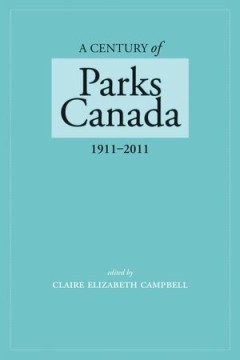
A Century of Parks Canada 1911-2011
When Canada created a Dominion Parks Branch in 1911, it became the first country in the world to establish an agency devoted to managing its national parks. Over the past century this agency, now Parks Canada, has been at the centre of important debates about the place of nature in Canadian nationhood and relationships between Canada’s diverse ecosystems and its communities. Today, Parks Cana…
- Edition
- -
- ISBN/ISSN
- 9781552385579
- Collation
- -
- Series Title
- -
- Call Number
- -
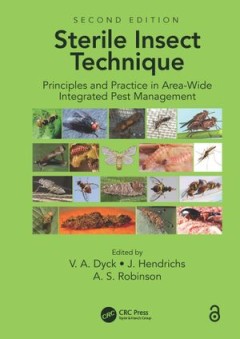
Sterile Insect Technique : Principles And Practice In Area-Wide Integrated Pe…
The sterile insect technique (SIT) is an environment-friendly method of pest control that integrates well into area-wide integrated pest management (AW-IPM) programmes. This book takes a generic, thematic, comprehensive, and global approach in describing the principles and practice of the SIT. The strengths and weaknesses, and successes and failures, of the SIT are evaluated openly and fairly f…
- Edition
- -
- ISBN/ISSN
- 9781003035572
- Collation
- -
- Series Title
- -
- Call Number
- -
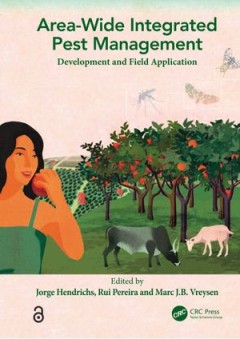
Area-wide Integrated Pest Management : Development and Field Application
Over 98% of sprayed insecticides and 95% of herbicides reach a destination other than their target species, including non-target species, air, water and soil. The extensive reliance on insecticide use reduces biodiversity, contributes to pollinator decline, destroys habitat, and threatens endangered species. This book offers a more effective application of the Integrated Pest Management (IPM) a…
- Edition
- -
- ISBN/ISSN
- 9781003169239
- Collation
- -
- Series Title
- -
- Call Number
- -
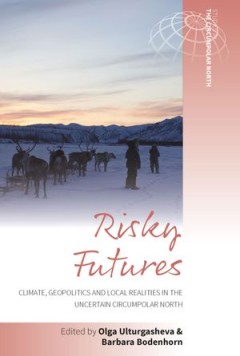
Risky Futures : Climate, Geopolitics and Local Realities in the Uncertain Cir…
The volume examines complex intersections of environmental conditions, geopolitical tensions and local innovative reactions characterising ‘the Arctic’ in the early twenty-first century. What happens in the region (such as permafrost thaw or methane release) not only sweeps rapidly through local ecosystems but also has profound global implications. Bringing together a unique combination of …
- Edition
- -
- ISBN/ISSN
- 9781805390640
- Collation
- -
- Series Title
- -
- Call Number
- -
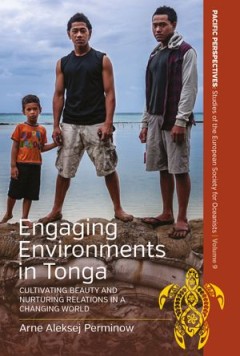
Engaging Environments in Tonga : Cultivating Beauty and Nurturing Relations i…
On March 11, 2011, a tsunami warning was issued for Tonga in Polynesia. On the low and small island of Kotu, people were unperturbed in the face of impending catastrophe. The book starts out from the puzzle of peoples’ responses and reactions to this warning as well as their attitudes to a gradual rise of sea level and questions why people seemed so unconcerned about this and the accompanying…
- Edition
- -
- ISBN/ISSN
- 9781805390657
- Collation
- -
- Series Title
- -
- Call Number
- -
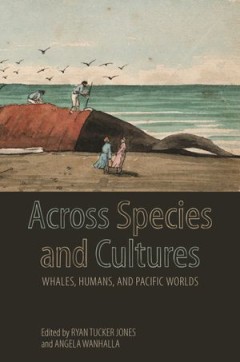
Across species and cultures (EPUB): Whales, Humans, and Pacific Worlds
More than any other locale, the Pacific Ocean has been the meeting place between humans and whales. From Indigenous Pacific peoples who built lives and cosmologies around whales, to Euro-American whalers who descended upon the Pacific during the nineteenth century, and to the new forms of human-cetacean partnerships that have emerged from the late twentieth century, the relationship between the…
- Edition
- -
- ISBN/ISSN
- 9780824892142
- Collation
- -
- Series Title
- -
- Call Number
- 301 ACR a
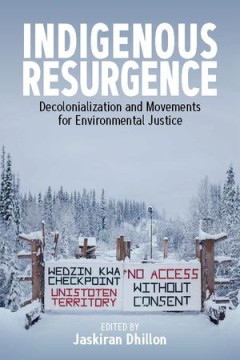
Indigenous Resurgence
From the Standing Rock Sioux Tribe’s resistance against the Dakota Access pipeline to the Nepalese Newar community’s protest of the Fast Track Road Project, Indigenous peoples around the world are standing up and speaking out against global capitalism to protect the land, water, and air. By reminding us of the fundamental importance of placing Indigenous politics, histories, and ontologies …
- Edition
- -
- ISBN/ISSN
- 9781800732452
- Collation
- -
- Series Title
- -
- Call Number
- -

Across Species and Cultures (PDF) Whales, Humans, and Pacific Worlds
More than any other locale, the Pacific Ocean has been the meeting place between humans and whales. From Indigenous Pacific peoples who built lives and cosmologies around whales, to Euro-American whalers who descended upon the Pacific during the nineteenth century, and to the new forms of human-cetacean partnerships that have emerged from the late twentieth century, the relationship between the…
- Edition
- -
- ISBN/ISSN
- 9780824892135
- Collation
- -
- Series Title
- -
- Call Number
- -
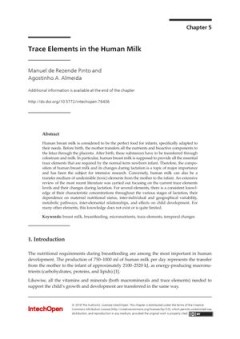
Trace Elements in the Human Milk
Human breast milk is considered to be the perfect food for infants, specifically adapted to their needs. Before birth, the mother transfers all the nutrients and bioactive components to the fetus through the placenta. After birth, these substances have to be transferred through colostrum and milk. In particular, human breast milk is supposed to provide all the essential trace elements that are …
- Edition
- -
- ISBN/ISSN
- 9781789236705
- Collation
- -
- Series Title
- -
- Call Number
- -
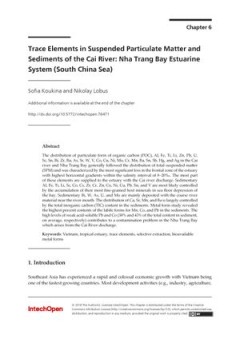
Trace Elements in Suspended Particulate Matter and Sediments of The Cai River…
The distribution of particulate form of organic carbon (POC), Al, Fe, Ti, Li, Zn, Pb, U, Sc, Sn, Bi, Zr, Ba, As, Sr, W, V, Co, Cu, Ni, Mo, Cr, Mn, Ba, Sn, Sb, Hg, and Ag in the Cai river and Nha Trang Bay generally followed the distribution of total suspended matter (SPM) and was characterized by the most significant loss in the frontal zone of the estuary with highest horizontal gradients with…
- Edition
- -
- ISBN/ISSN
- 9781789236705
- Collation
- -
- Series Title
- -
- Call Number
- -
 Computer Science, Information & General Works
Computer Science, Information & General Works  Philosophy & Psychology
Philosophy & Psychology  Religion
Religion  Social Sciences
Social Sciences  Language
Language  Pure Science
Pure Science  Applied Sciences
Applied Sciences  Art & Recreation
Art & Recreation  Literature
Literature  History & Geography
History & Geography